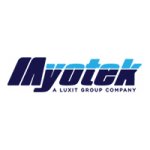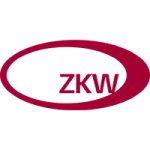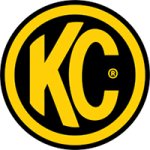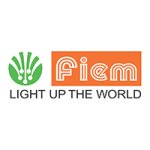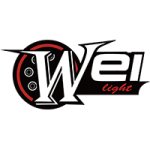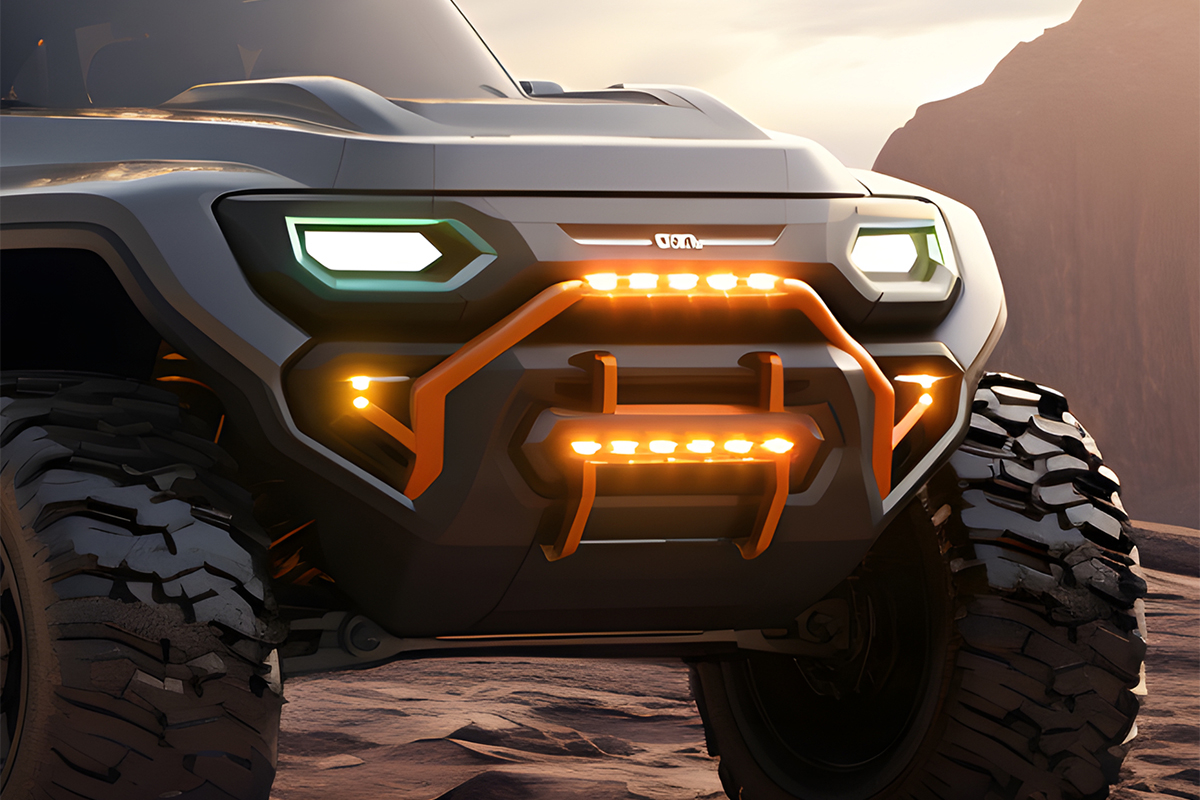
Fog lights are specialized low-mounted lights on a vehicle that are designed to enhance visibility in adverse weather conditions, such as dense fog, heavy rain, or snow. These lights are positioned close to the ground and serve a specific purpose in improving the driver's ability to see the road surface and immediate surroundings. The low positioning is intentional to minimize the reflection and scattering of light by fog, rain, or snow particles. Fog lights are typically designed with a wide and flat beam pattern. Unlike high-beam headlights that project light forward over longer distances, fog lights spread their illumination horizontally and close to the ground. This wide beam pattern helps cut through the atmospheric obstructions encountered in foggy or inclement weather. The primary function of fog lights is to improve visibility in the immediate vicinity of the vehicle. They are not intended to project light over long distances. Instead, fog lights illuminate the road surface and nearby objects, aiding the driver in navigating through challenging weather conditions.
The use of LED technology introduces groundbreaking possibilities in both the design and functionality of fog lights. The energy efficiency of LED fog lights reduces the load on the vehicle's electrical system. LED lights have a solid-state construction, making them more durable and resistant to vibrations. LED technology facilitates the creation of sleek and aerodynamic designs, enhancing the overall aesthetics of vehicles. The compact nature of LEDs also provides flexibility in integrating fog lights into different vehicle models. LEDs produce a focused and intense beam of light, which is highly effective in cutting through fog, mist, rain, or other adverse weather conditions. In foggy conditions where immediate visibility is crucial, LED fog lights offer quick response times, ensuring that drivers have adequate illumination as soon as the lights are activated. LED fog lights can be spectrally engineered to emit light at wavelengths that are deemed most effective for visibility in foggy conditions. LEDs allow for precise control over the direction of light, enabling focused and directed illumination where needed in foggy environments. Adaptive LED fog lights can adjust the direction and range of the light beam based on driving conditions, providing optimal illumination. This adaptability enhances safety by ensuring that the fog lights respond dynamically to changing road conditions. LED fog lights can be integrated with advanced vehicle electronics and utilize sensors to adjust the intensity or color of LED fog lights based on real-time environmental data.
Whether for daily commuting in foggy weather or enhancing the off-road driving experience, LED fog lights contribute significantly to overall driver safety and the functionality of a vehicle's lighting system. The primary objective of LED fog lights is to improve the driver's visibility in challenging on-road conditions such as fog, rain, or snow. These lights are positioned low on the front of the vehicle to illuminate the road surface and surroundings, reducing the glare and reflection caused by water droplets or snowflakes in the air. Some vehicles are equipped with LED fog lights that turn on in conjunction with the steering wheel, providing additional illumination in the direction the vehicle is turning. LED fog lights are often used for aesthetic purposes to enhance the overall look of the vehicle. Many modern vehicles come equipped with stylish and sleek LED fog lights integrated into the front bumper, contributing to the vehicle's design and visual appeal. Rear fog lights are mounted at the rear of the vehicle. They are designed to improve visibility for vehicles approaching from behind in low-visibility conditions. In some cases, LED fog lights may serve as daytime running lights, providing additional visibility during daylight hours. This feature enhances the vehicle's visibility to other road users, contributing to overall safety. LED fog lights can be used as auxiliary emergency lighting. Some emergency vehicles or service vehicles may be equipped with powerful LED fog lights to improve visibility when responding to incidents or working in low-light conditions.
The forms of LED fog lights can vary in terms of their design, size, mounting options, and additional features. Round LED fog lights are a classic and widely used design. They typically feature a circular shape and are available in various diameters to suit different vehicle styles. These lights are often mounted in the front bumper or on dedicated light bars. Rectangular or square LED fog lights provide a distinct look and are commonly used in modern vehicle designs. They may be mounted individually or in pairs, offering versatility in terms of placement and styling. Oval-shaped LED fog lights are an alternative to round or rectangular designs. They provide a unique aesthetic and can be mounted in various locations on the front of the vehicle, depending on the design preferences and available space. Pod-style LED fog lights come in compact, pod-shaped housings. These lights are versatile and can be mounted on various parts of the vehicle, including the front grille, bumper, or roof. They are often chosen for off-road or auxiliary lighting applications. Flush-mount LED fog lights are designed to sit nearly flush with the vehicle's surface. These lights are often integrated into the front bumper or grille for a seamless and aerodynamic appearance. They are a popular choice for modern vehicle designs. LED fog light bars consist of a row of LED lights arranged in a straight bar. They are mounted as a single unit and provide a wide and powerful beam of light. Some LED fog lights feature multiple lenses within a single housing. These multi-lens designs may include different types of LEDs or optics to create a more focused and versatile beam pattern, improving visibility in various driving conditions. Projector-style LED fog lights use advanced optics to create a more focused and directed beam pattern. They are designed to minimize light scatter and glare, providing a precise illumination pattern for improved visibility in foggy conditions. Halo LED fog lights feature an additional circular LED halo ring around the main light source. This design adds a distinctive appearance to the fog lights and contributes to the overall styling of the vehicle. Some vehicles come with integrated LED fog lights, where the fog lights are seamlessly incorporated into the vehicle's front design. This integration provides a clean and cohesive look while maintaining the functionality of fog lights.
The design of LED fog lights takes into account factors such as LED technology, optics, beam pattern, color temperature, adjustability, mounting options, weather resistance, thermal management, durability, aesthetics, and integration with vehicle systems. The composition of the light spectrum is intentionally adjusted for the targeted emission of light at particular wavelengths. The selection of LEDs emitting yellow or amber light for fog lights is driven by a deliberate choice of wavelengths that are believed to be most effective for enhancing visibility in foggy conditions. Warmer color temperatures (around 3000K to 4000K) with a yellowish tint are often preferred for fog lights as they can cut through atmospheric conditions more effectively than cooler colors. The beam pattern of LED fog lights is carefully designed to provide effective illumination in low-visibility conditions. The lens of LED fog lights is typically made from durable materials such as polycarbonate or glass. The lens design and optics play a crucial role in shaping the light beam. The housing of LED fog lights is designed to accommodate the LED assembly while providing protection from environmental elements. The shape and size of the housing contribute to the overall appearance of the fog lights and their compatibility with different vehicle designs. The design of LED fog lights incorporates weather-resistant features to withstand exposure to rain, snow, and other environmental factors. Sealed housings, gaskets, and corrosion-resistant materials contribute to the longevity and reliability of fog lights. LED fog lights are constructed with durability in mind. The materials used in the housing, lens, and other components are chosen for their resistance to impacts, vibrations, and harsh weather conditions.
The driver and control circuitry of LED fog lights are integral components that manage power, regulate current, provide control features, and ensure the overall reliability and performance of the lights. The LED driver regulates the electrical power supplied to the LEDs. It converts the incoming electrical power (usually direct current or DC) to the voltage and current levels required by the LEDs. The driver circuit includes overcurrent protection mechanisms to prevent damage to the LEDs in case of a sudden surge in current. Some LED fog lights have dimming capabilities, allowing users to adjust the brightness based on driving conditions or personal preferences. LED fog lights with advanced features may include control interfaces such as remote controls, smartphone apps, or integration with the vehicle's lighting control system. The automotive industry has stringent standards and regulations regarding electromagnetic compatibility (EMC). Implementing effective EMI mitigation strategies is essential for achieving regulatory compliance and maintaining the integrity of the vehicle's electronic systems.


